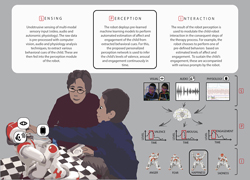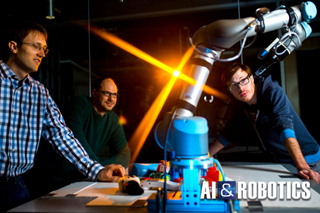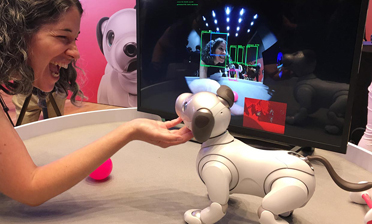Elon Musk announced that Tesla may start selling its robot next year.
A few months ago, Tesla unveiled “Optimus Gen 2”, a new generation of its humanoid robot that should be able to take over repetitive tasks from humans.
The Tesla Optimus robot has made significant strides since its announcement in 2021. From early prototypes to autonomous deployment in factories, Tesla continues to refine and enhance the capabilities of Optimus. With the potential for widespread industrial application and future commercialization, Optimus represents a major step forward in robotics and automation.
Commercialization and Pricing Tesla aims to start selling the Optimus robot by the end of 2025, with an estimated price of around $30,000. The robot is expected to be a valuable asset for industries looking to automate dangerous, repetitive, or tedious tasks. CEO Elon Musk has indicated that the production cost of Optimus could eventually be less than half that of a car, making it affordable for broader industrial use.
Standing at about 5 feet 8 inches and weighing 125 pounds, Optimus is equipped with advanced artificial intelligence, drawing from Tesla’s expertise in self-driving technology. It boasts dexterous hands, precise movements, and a lightweight design, enabling it to perform tasks ranging from factory work to assisting in domestic chores. Optimus’s potential to handle repetitive or dangerous jobs may lead to safer workplaces and improved productivity.
The broader implications of Optimus are profound. If Tesla can deliver on its promise of making Optimus affordable, this robot could democratize access to advanced automation. Businesses could reduce costs, while individuals might gain access to robotic assistance in daily life, from caregiving to household tasks.
However, this innovation also raises questions about labor displacement and ethical considerations. The automation Optimus embodies might accelerate job transformations, urging policymakers and industries to focus on reskilling the workforce.
In a broader sense, Tesla's Optimus could mark the beginning of a new era, where humanoid robots become common in both industrial and personal spaces, reshaping our relationship with technology.
|



